Overview: Joystick Module Dual Axis
The Joystick Module Dual Axis is a compact, analog input device built for makers, hobbyists, and engineers. Designed to deliver accurate and intuitive control over both X and Y axes, this module is perfect for Arduino projects, robotics, RC systems, and interactive DIY electronics. Its potentiometer-based design provides smooth, real-time movement detection for a wide range of applications.
Key Features
- Dual-axis control: Simultaneous X and Y movement for two-dimensional input.
- Analog outputs: Potentiometer-based signals compatible with ADC pins on Arduino and other microcontrollers.
- High precision: Accurate position sensing for precise motion control and responsive input.
- Easy integration: Simple wiring and compatibility with common Arduino joystick libraries and example code.
- Compact and durable: Small form factor and robust construction for long-term hobby or project use.
- Wide applications: Ideal for robotics, gaming controllers, RC vehicles, drones, and interactive systems.
Specifications and Compatibility
- Signal type: Analog outputs for X and Y axes (potentiometer-based)
- Typical use: Connect to ADC pins on Arduino and other microcontrollers
- Form factor: Compact module designed to fit into enclosures and custom panels
- Compatibility: Works with Arduino, ESP, STM32 and most development boards with analog input
Why Choose the Joystick Module Dual Axis
This module provides intuitive, smooth control for projects that require two-dimensional input. Whether you are prototyping a robot controller, building a custom gamepad, or adding interactive control to a DIY installation, the Joystick Module Dual Axis delivers responsive performance with minimal setup.
Real-Life Applications
- Robotics: Control robotic arms, mobile robots, and vehicle steering.
- Gaming projects: Build custom joysticks and simulation controllers.
- RC vehicles and drones: Provide precise remote control input for cars, boats, and quadcopters.
- Interactive systems: Create user-driven displays, kiosks, and installations.
- DIY electronics: Add motion control to maker projects and prototypes.
Benefits
- Dual-axis precision: Smooth, accurate input across both X and Y axes.
- Fast setup: Straightforward wiring and Arduino examples get you started quickly.
- Compact footprint: Fits into small enclosures and panels without bulk.
- Cost effective: Professional-like control at an affordable price for students and hobbyists.
- Versatile: Useful across many project types from education to prototyping.
How to Use the Joystick Module Dual Axis
- Connect the module to your microcontroller: wire X and Y analog outputs to ADC pins, and connect power (VCC) and ground.
- Install or load a sample Arduino joystick library or example sketch to read analog values from the axes.
- Calibrate the joystick in software to map center and endpoint values to your application range.
- Test input using the serial monitor or a simple dashboard, then integrate the joystick input into motor control, UI navigation, or other control loops.
- Adjust sensitivity or range in software; fine-tune potentiometer endpoints if necessary.
Technical Notes
- If your microcontroller ADC reference is lower than the module supply, scale readings in software accordingly.
- Debounce or smooth noisy readings in firmware to improve control stability for precise applications.
- Check pin labels on your specific module variant before wiring; some boards include headers or solder pads.
Note: Images are for Illustration Purposes Only

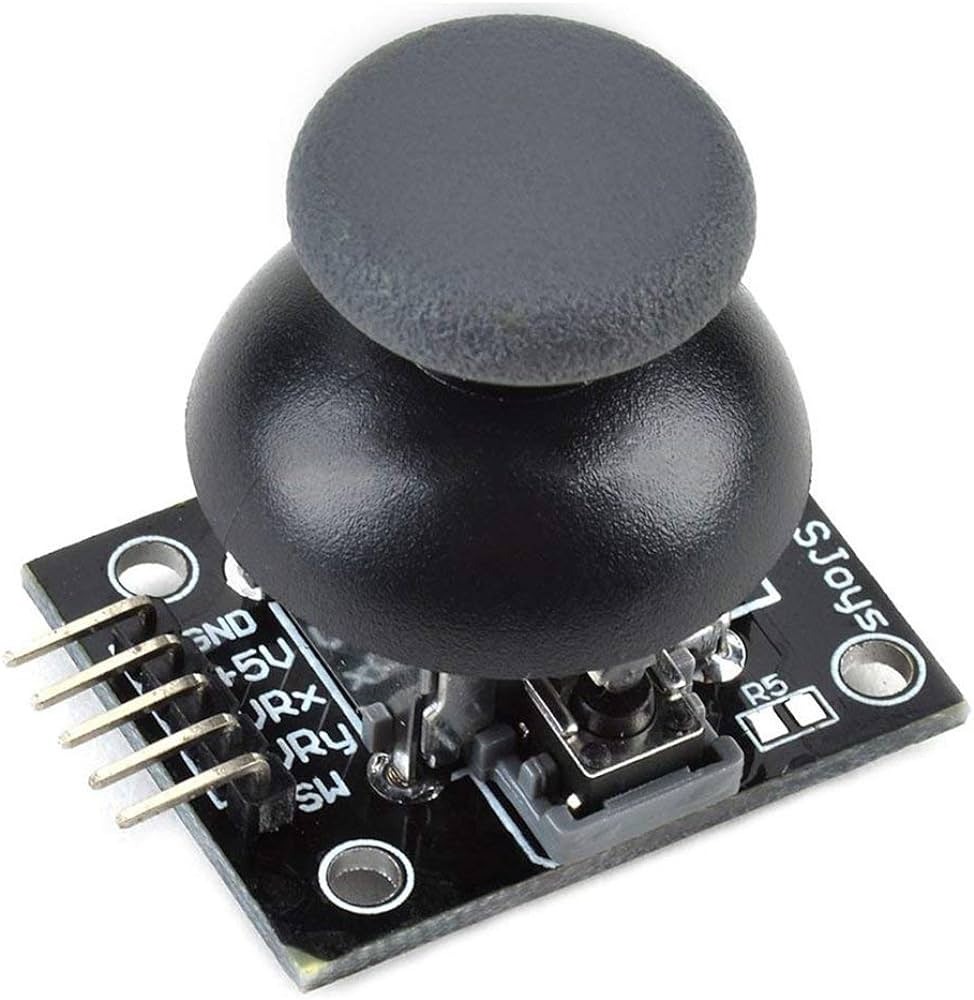
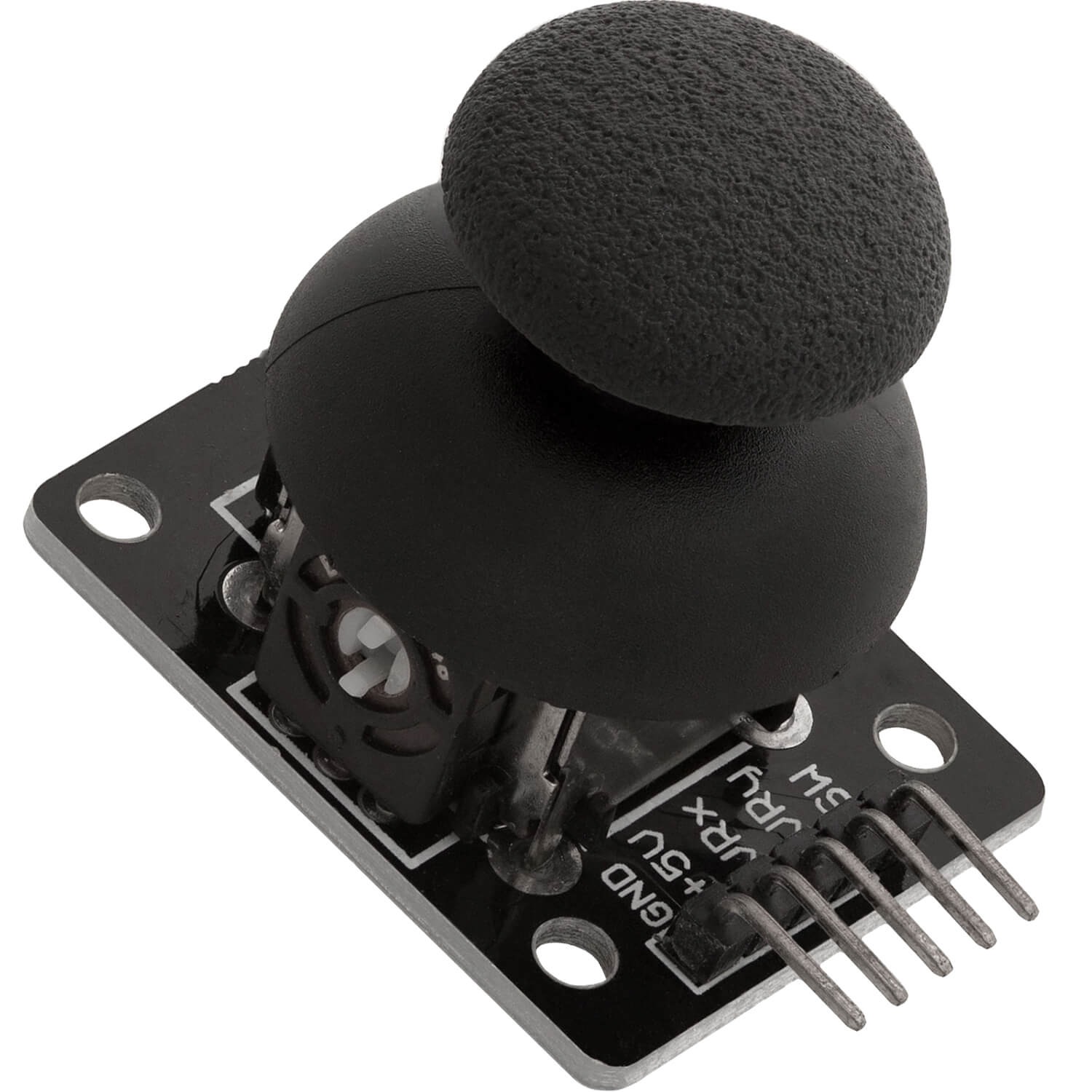


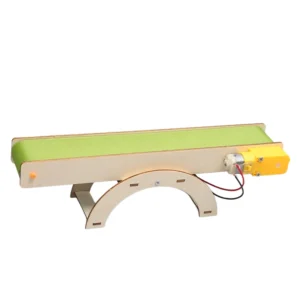
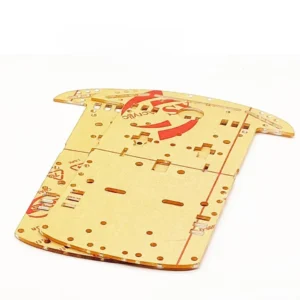
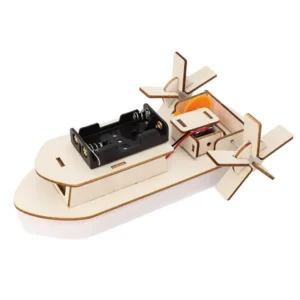
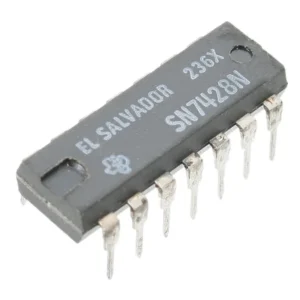
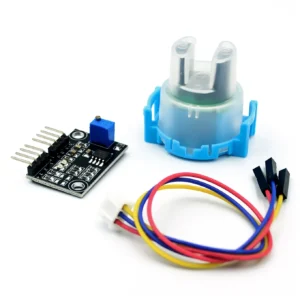
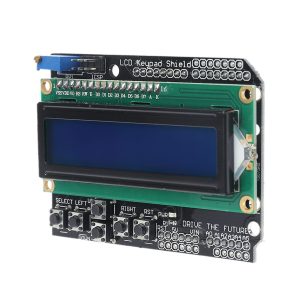
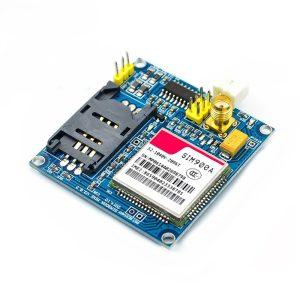
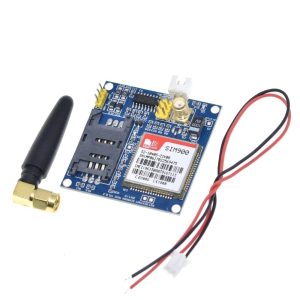
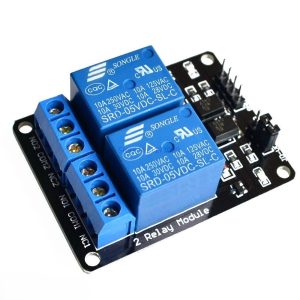
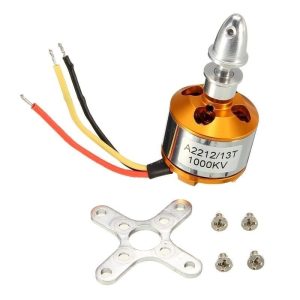

Reviews
There are no reviews yet